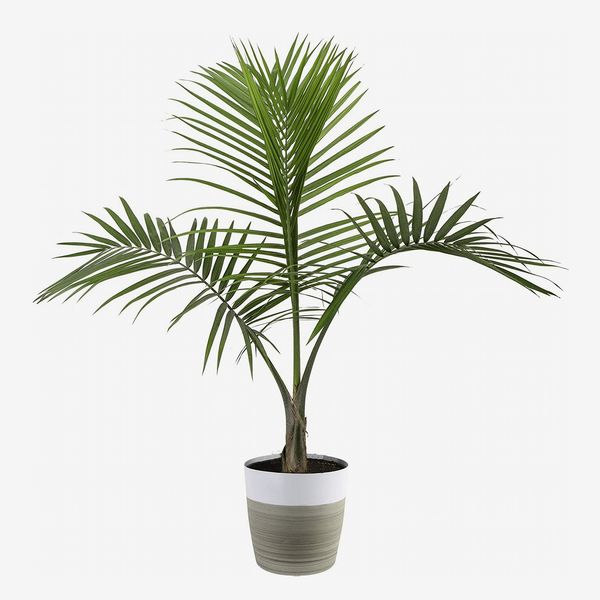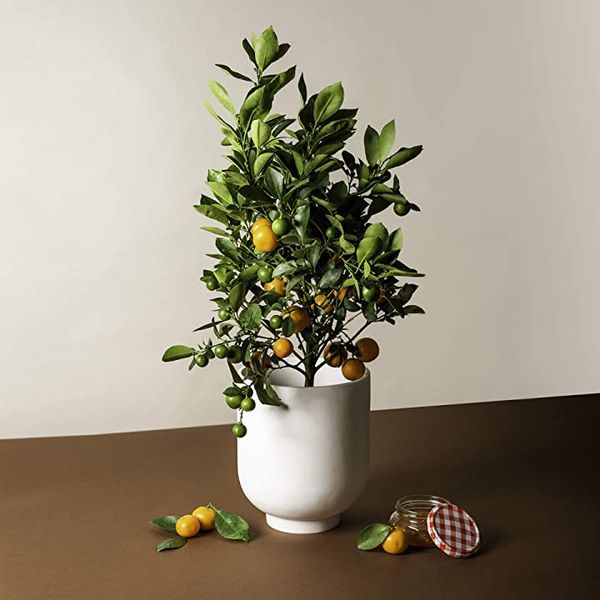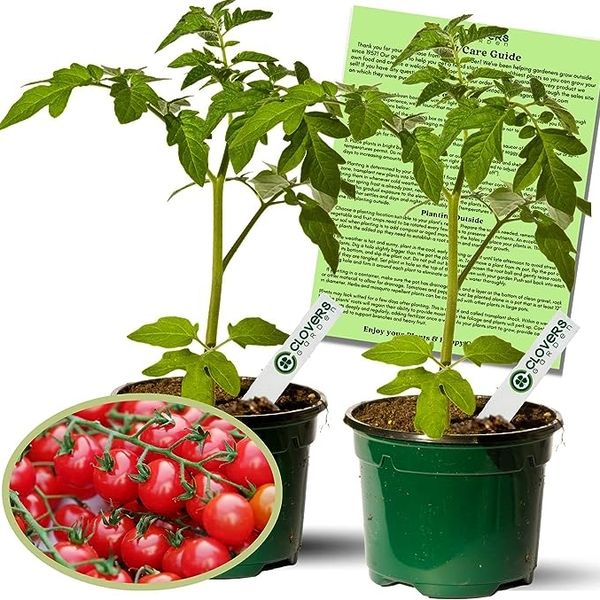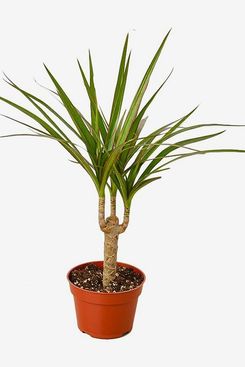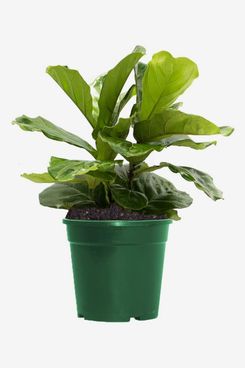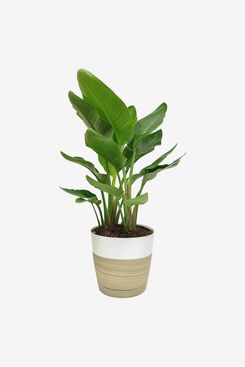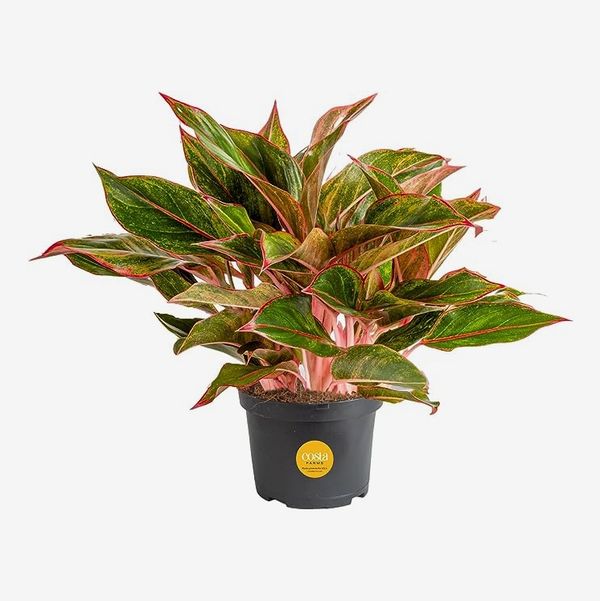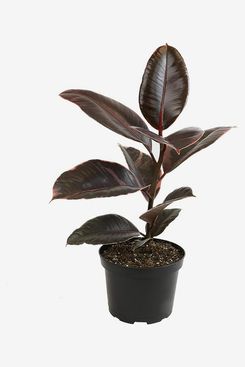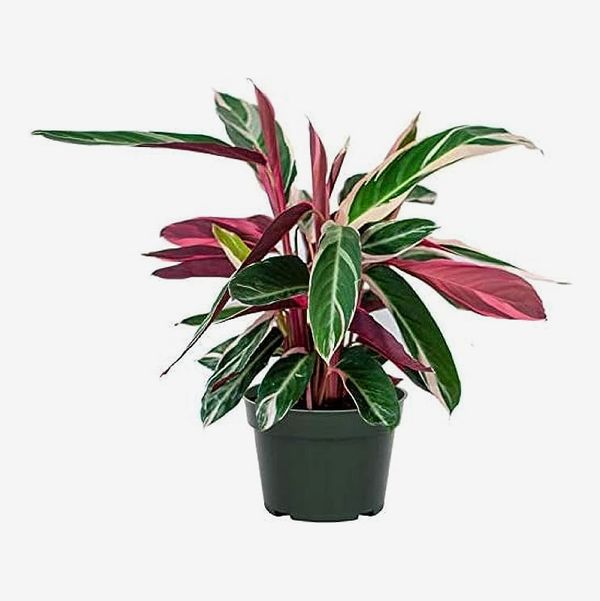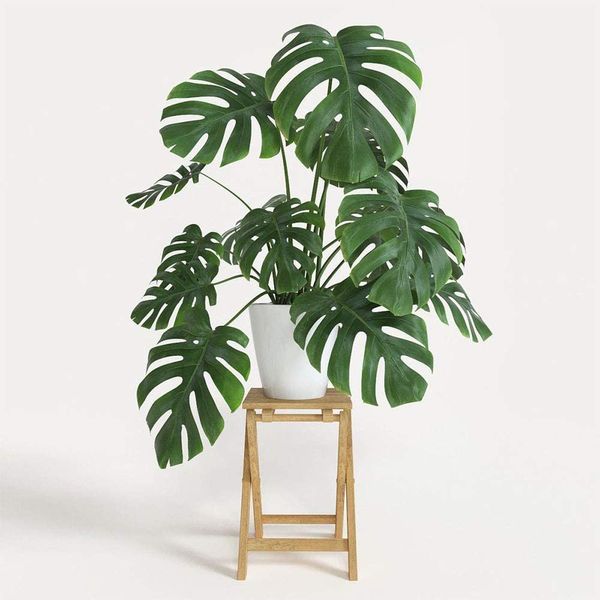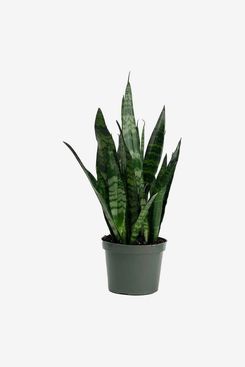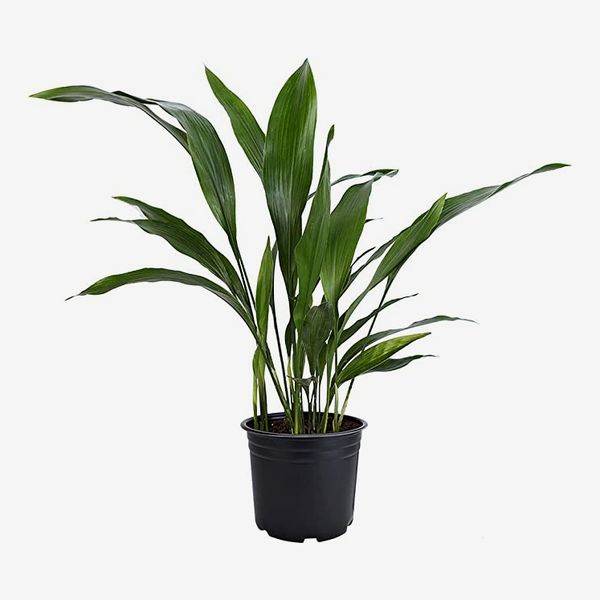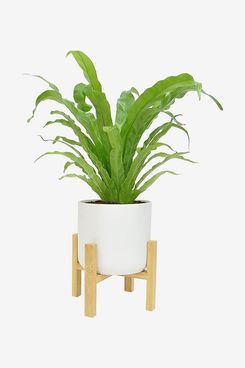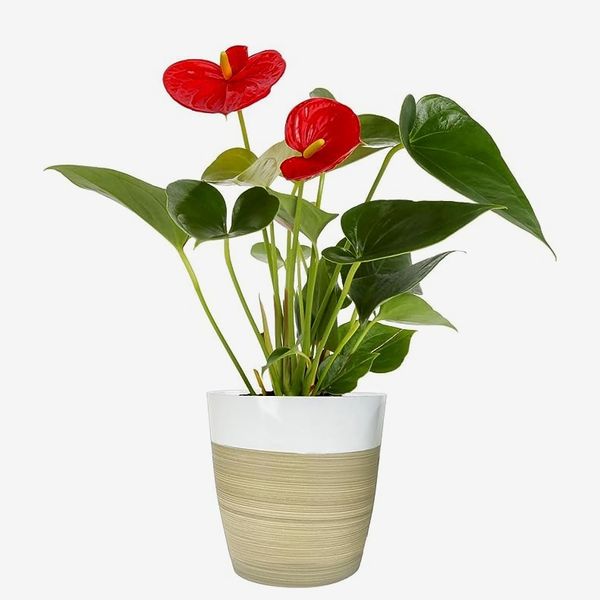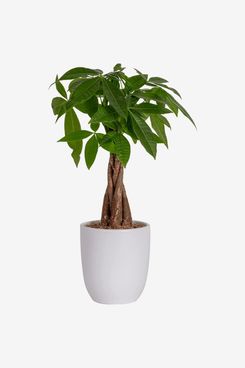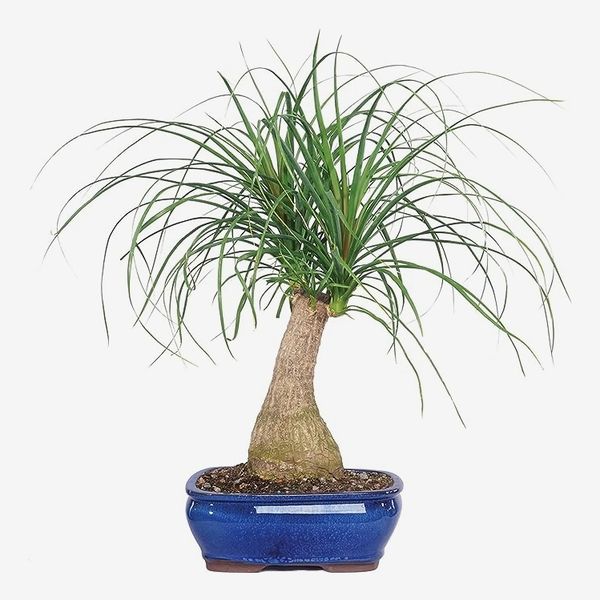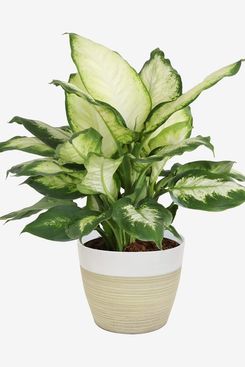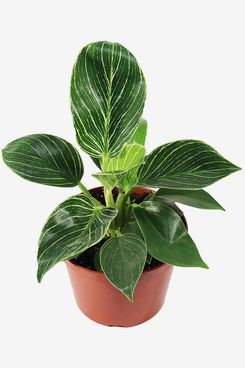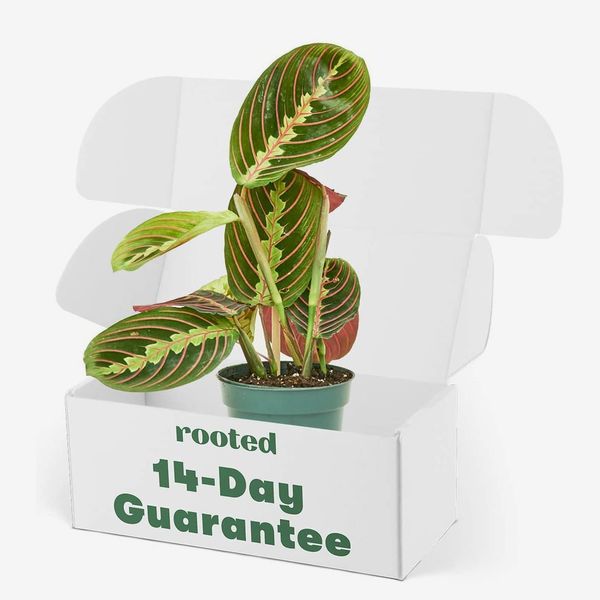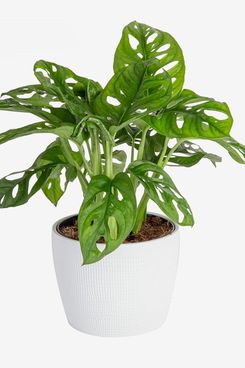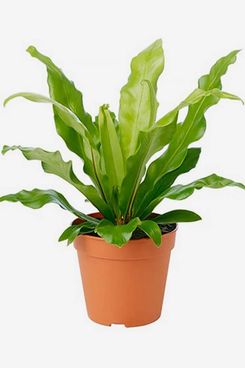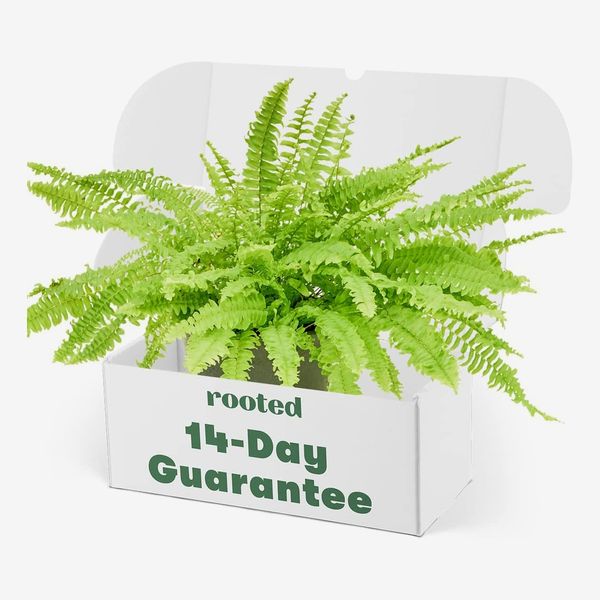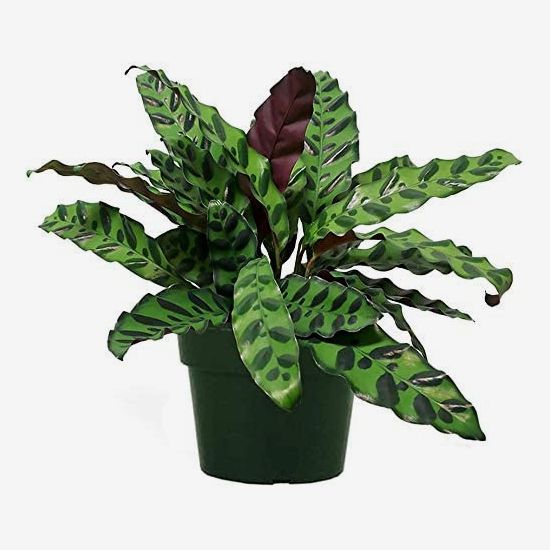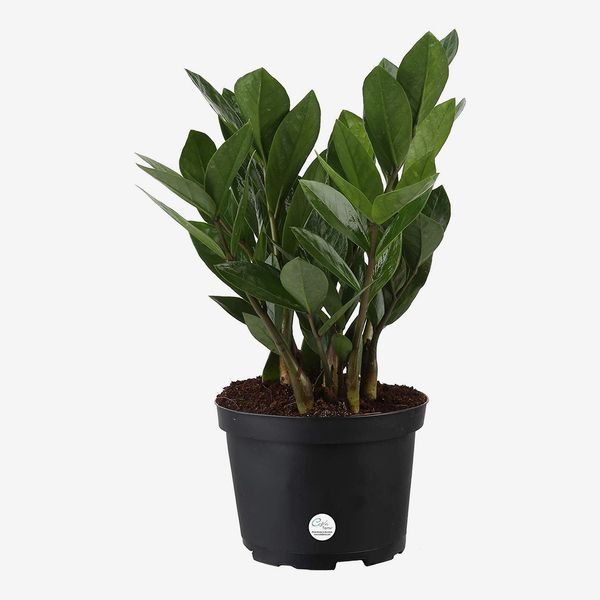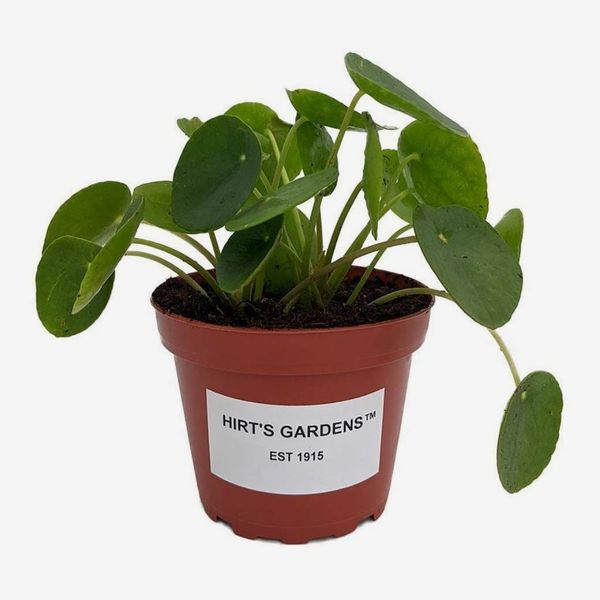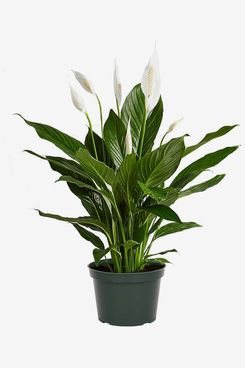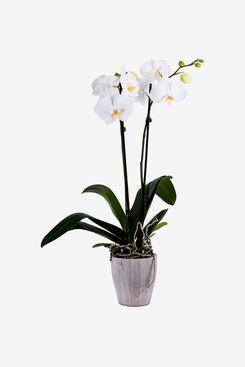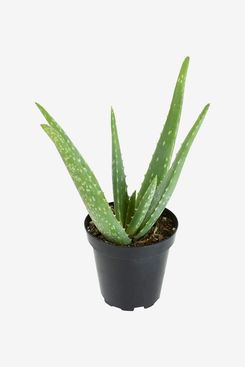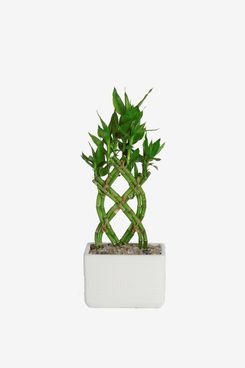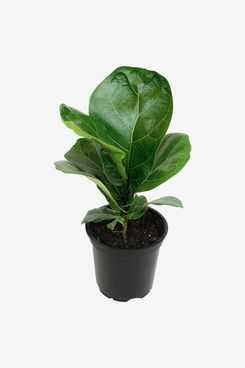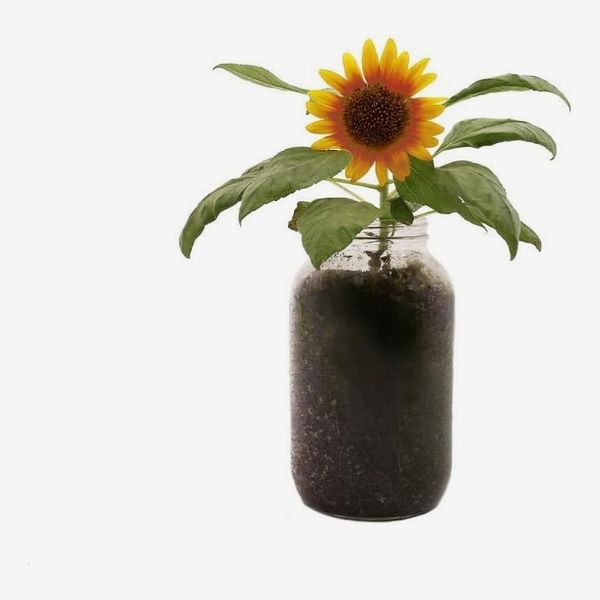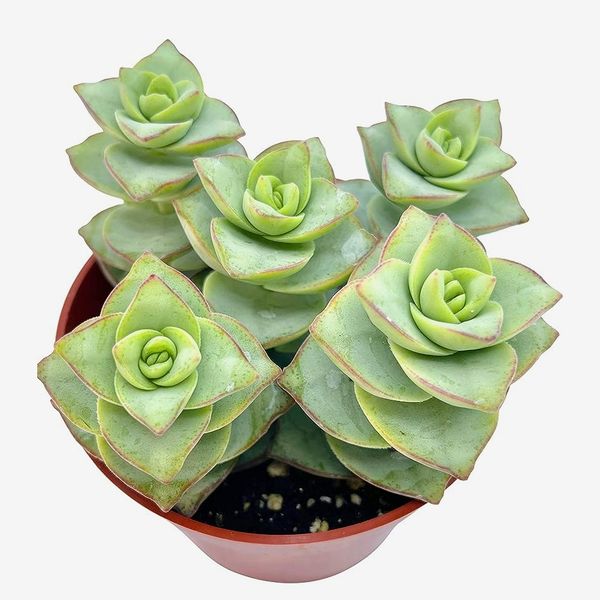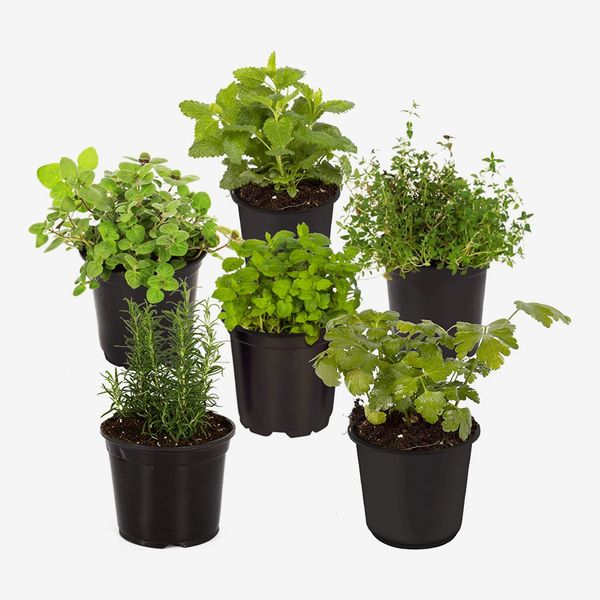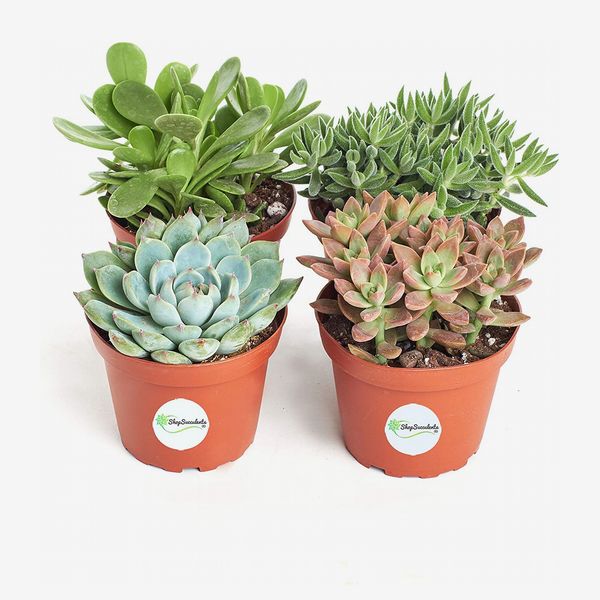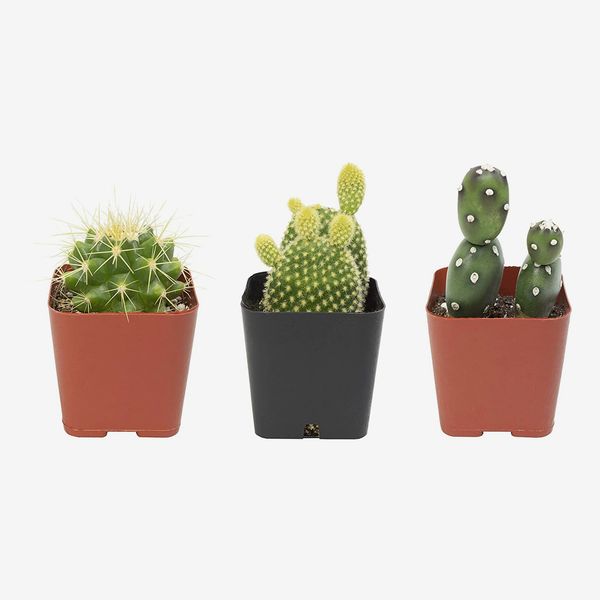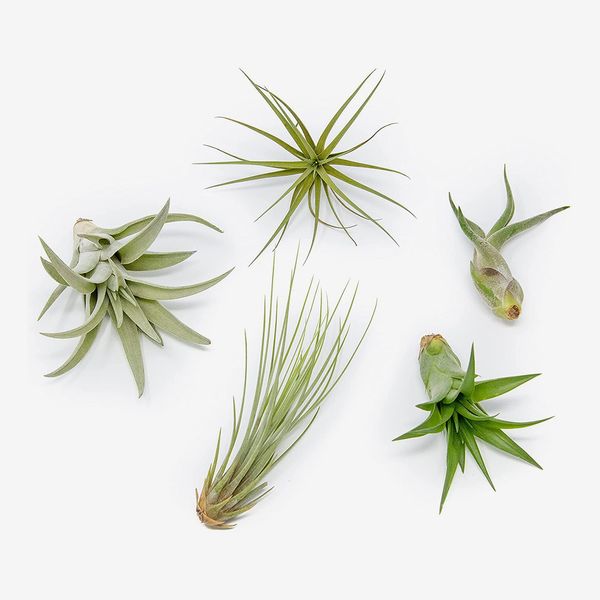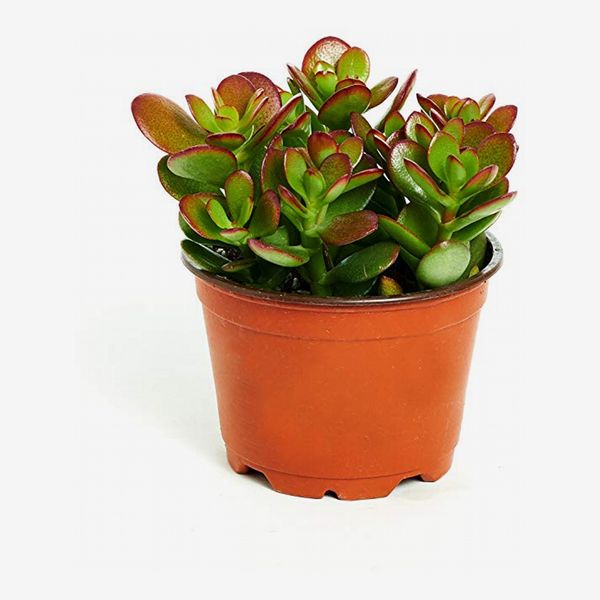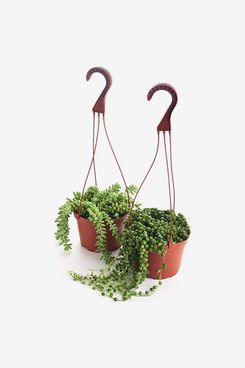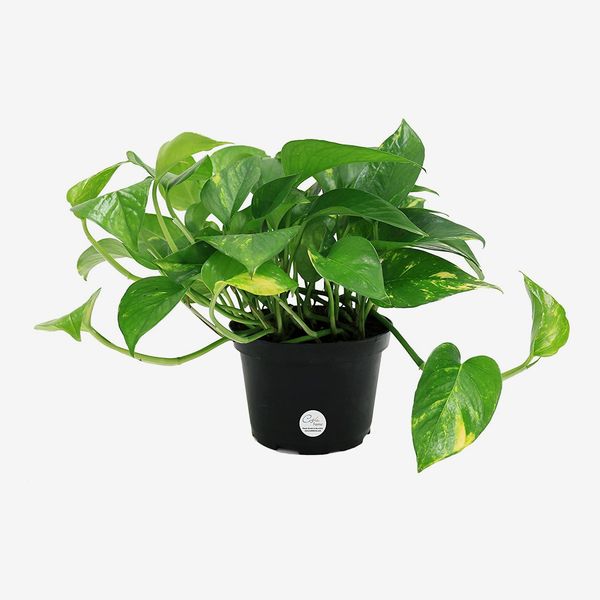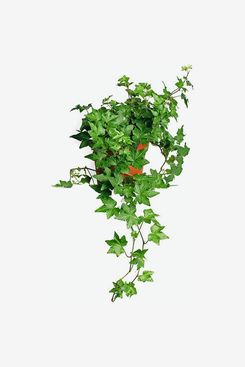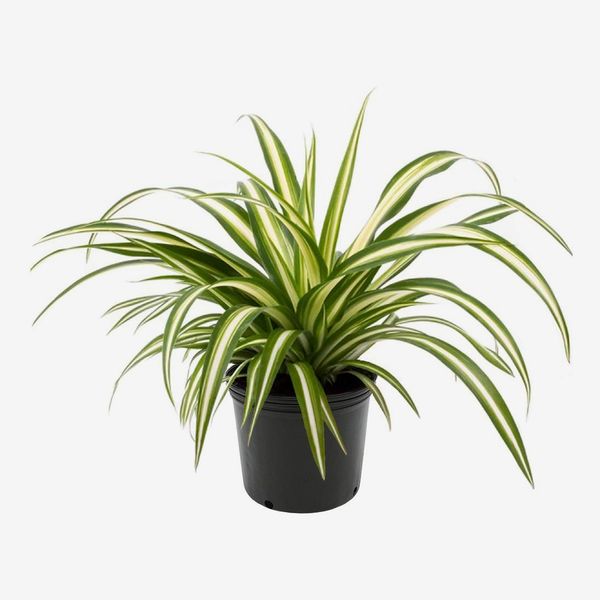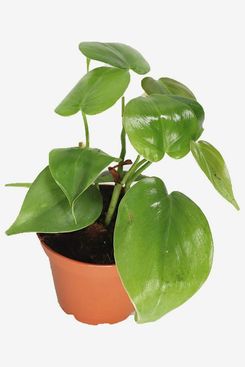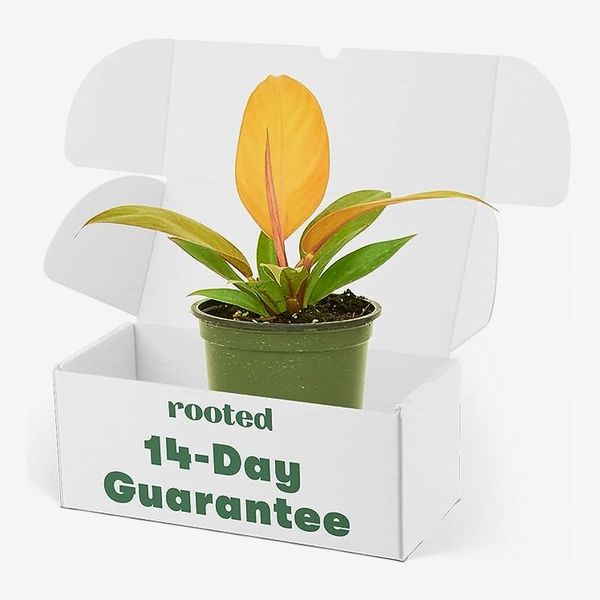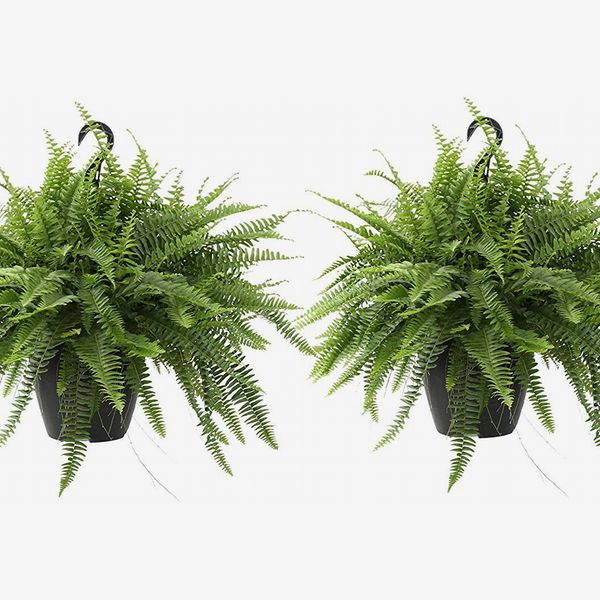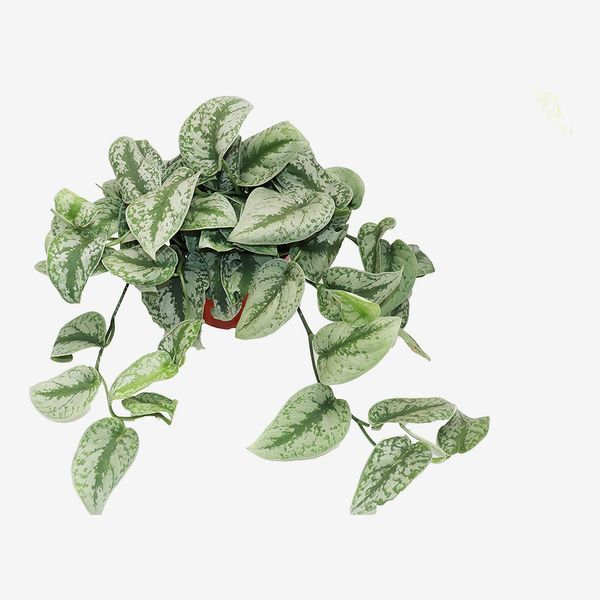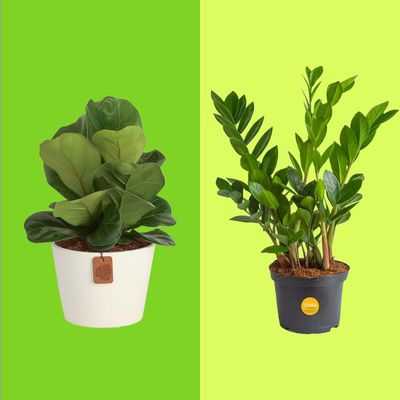
In this article
Buying plants online has become an easier (and more curated) experience since we were first introduced to Amazon’s plant store. Indoor gardening can be incredibly rewarding, whether you’ve got a single sunny bedroom windowsill or loft full of natural light to play with. Hanging plants, succulents, and even herbs can be used to make your home look and feel less sterile, but the benefits don’t stop there. Sharing your space with plants can purify your air, reduce anxiety, and even improve concentration — all welcome antidotes to the stresses of life.
Here, we’ve combed through Amazon’s (continuously growing) selection of indoor plants to find the best in-stock options for plant parents of all gardening levels. We’ve also considered plants that will thrive in many different types of spaces, whether you have high ceilings and lots of light or just a few bare windowsills to fill. Alongside foolproof options like ZZ plants and the always-reliable pothos, there are a few rare and underrated plants to choose from if you’d like to get a greener thumb while hunkering down over the winter. Many of these plants come with their own stylish ceramic pots, but you can also browse some of our favorite planters here.
Best floor plants
Despite the tropical look of this palm tree, you won’t have to worry about creating a tropical environment for it to survive in. All it needs is bright light from an east- or west-facing window and water about once a week. The seller says it can grow pretty slowly, but when it arrives, it will already be three feet tall — and still make a stately appearance in an empty corner.
This calamondin tree produces a hybrid fruit the brand describes as half mandarin orange and half kumquat. As one of the most purchased presents from our Mother’s Day gift guides, this citrus plant would also be a standout in your own space.
If, like Claire Saffitz, you love the smell of tomato plants, we found a duo that’ll grow multi-branched clusters of incredibly tasty fruit — all from the comfort of your living room.
Another easy-care tropical option is a dracaena plant, especially if your home gets a decent amount of sunlight year-round but you struggle with dry winter air. That’s according to Rebecca Bullene, partner and co-founder of Greenery Unlimited. “A lot of them are native to Hawaii, and they actually grow on the [very arid] lava fields of volcanoes,” she explains.
The status plant that started it all and is still a best-seller. Former Strategist writer David Notis was once a fiddle-leaf skeptic but quickly found that among his other plants, this one has “an instant visual impact.” The plant grows best in indirect sunlight, meaning it can flourish indoors. Within the first couple of years, Notis’ design-y houseplant grew almost three feet in height.
There are some status-plant runners-up to choose from as well, like the bird-of-paradise, which is perfect for making your apartment look like an East Village cocktail bar. Benito Gonsales, plant buyer at Saifee Hardware & Garden, says the plant is easier to care for than a fiddle-leaf. “Just give it bright light and water it once per week,” he says, adding that you can get it to flower annually “if you take care of it.”
Visual merchandiser Chikako Ishii Frank first alerted us to the “pink plant” trend, to which the pink-toned Chinese evergreen (a.k.a. Aglaonema) fits right in. It comes recommended by two plantfluencers, including Summer Rayne Oakes, author of How to Make a Plant Love You and host of the YouTube series Plant One on Me, who suggests the plant for somewhat-experienced plant parents “who can’t grow flowers in their home, because Aglaonema can really give a nice brightness of color.”
Another pink-toned floor plant is the rubber plant. Upon arrival, the shiny, dark, “burgundy” leaves will be smaller than they look in this photo, but they’ll grow super-tall over time.
And here’s a pretty-in-pink option for plant parents looking to level up their skills: the slightly fussy stromanthe triostar. It resembles a rubber tree but has perkier and more delicate leaves that will move around during the day as light fluctuates. Ryan Lee, co-founder of Rooted NYC, nominates it as one of the most underrated indoor plants.
One of the few houseplants out there to have had its own “day of the week” hashtag on Instagram — “#monsteramondays,” in case you were wondering — the monstera has been on the fiddle-leaf’s tail for years now, and it’s still popular as ever. They can get really big, and they tend to grow out rather than up, so make sure you have a lot of floor space available. The irregularly shaped leaves are part of the charm.
Snake plants make for another great floor plant. They’re very tolerant of low light and infrequent watering, and since they grow straight up, they’re ideal if you want something that doesn’t take up too much air space in your living room. Plus, we’ve said that buying from Amazon is the most convenient and cost-effective way to get this plant.
If you’re after something leafy that thrives in low light but don’t care for the ubiquitous snake plant, a cast-iron plant is a great option. “You can’t kill them,” says Tula Plants & Design CEO and founder Christan Summers. “They have a really elegant leaf shape that I always appreciate in the mix of floppiness.”
Best countertop plants
Dog and cat owners will be relieved to learn that some ferns, like the Boston fern and this bird’s-nest fern, are safe for pets, veterinarian Dr. Sara Redding Ochoa says. This one comes pre-planted in a sleek white pot with an accompanying wood stand.
Standing ten inches tall, this blooming anthurium will flourish in spaces with bright, indirect sunlight. It comes in a banded ceramic pot that contrasts with the plant’s glossy, heart-shaped leaves.
A money plant is great for gifting, as it’s said to bring wealth, good luck, and fortune. And it doesn’t take much maintenance, either: only a half-cup of water every week.
The quirky-looking ponytail palm is not technically a palm — it’s more closely related to desert plants like yuccas. Either way, its muppetlike fronds will quickly become a focal point on your desk or dining table.
If you prefer lush foliage to spindly fronds, try this tropical-looking dieffenbachia. It’s an almost unkillable plant that looks much more exotic than it is, thanks to those stunning white-and-green leaves. Just be sure to place it in a relatively sunny spot.
This pleasingly variegated philodendron was once so coveted by plant people that it drew comparisons to the iconic Hermès handbag. Hype has since died down, and Strategist writer Erin Schwartz spotted it for a very reasonable price on Amazon.
During the day, the leaves on this prayer plant open up to absorb as much light as possible, and then fold up in a resting position at night. Although it’s not a flowering plant, the variegated leaves bring in some color, and it does fine without a lot of light, so you can place it anywhere. And if you have a dog or cat, don’t worry, it’s pet-safe.
If you don’t have the floorspace for a monstera deliciosa — or just think that the popular plant’s jungle aesthetic is a little overplayed at this point — then this smaller and more delicate-looking cousin is a safer bet.
No light? No problem. This plant will thrive just about anywhere. Instead of the smooth leaves of most plants, the bird’s-nest fern has crinkly leaves that will add some nice texture to your space. It even works as a natural air purifier. According to the description, “A NASA study identified the fern as one of the top air-purifying plants to remove harmful chemicals from the air in your home.”
And here’s a slightly fussier fern, if you’re up for the challenge of keeping it watered. Their classic looks aside, we also love Bostons because they’re some of the few ferns that are safe for hungry cats and dogs. Ideal for tabletops and windowsills, this starter plant would also look lovely in a hanging basket once it gets going.
If you can’t decide between flowers or plants, this rattlesnake calathea gives you a little of both. In the spring it will bloom with yellow and orange flowers, and year-round you’ll be able to enjoy the exotic, multicolored leaves.
The ZZ plant is one of our most stood-behind plant recommendations because it’s one of the heartiest and most foolproof species out there, and it also has a unique, almost Jurassic look. Notis bought a ZZ plant while researching office-friendly plants and found that over the course of a year it doubled in size with nothing but overhead fluorescent light and infrequent waterings every week or so from a mugful of office-sink water.
The Chinese money plant is also referred to as the “sharing plant,” since it’s known to sprout miniature “baby plants” out of the surrounding soil, which are easy to repot and share with a friend.
Peace lilies are quite possibly the best air purifier of all houseplants (a NASA study found that it removed benzene and formaldehyde from the air). They’re easy to care for, too. Former Strategist senior editor Anthony Rotunno wrote about his beloved peace lily — named Marilyn — which moved with him to three different apartments. “It’s among the hardiest green things I’ve ever encountered,” he says.
And while the low-maintenance peace lily does indeed flower, it’s not quite the same effect as a blooming orchid. Orchids are by no means effortless — it does take some work to care for them — but we spoke with a few orchid experts who told us that orchids actually aren’t as difficult as many believe, especially when it comes to this variety cultivated specifically for its adaptability, the phalaenopsis “moth” orchid. This plant ships pre-potted, but you might want to show off your specimen in another one of Amazon’s many pots and planters, sold separately.
Aloe vera plants are soothing on the skin and soothing on the eyes. They require very little maintenance and are easy to propagate, if you’d like to split one plant across multiple pots. One note: Despite this plant’s slightly confusing branding, which refers to a pet charity that each purchase supports, aloe is actually slightly toxic to both dogs and cats.
In our guide to the best low-light plants for office cubicles, Will Creed, an interior landscaper and owner of Horticultural Help, recommends lucky bamboo because it’s really easy to care for: “Just refresh the water periodically to make sure it’s clean — fill until about the top of whatever container it’s in,” he says. With its distinct interlocking shape, this one is pre-planted in a textured pot, so it’ll be ready to enjoy as soon as it arrives.
Similar to the bigger fiddle-leaf plant above, this dwarf version has vibrant, textural leaves; however, because it can only grow to be about three feet tall, it’s an ideal choice for a desk or tabletop.
Best windowsill plants
This all-in-one kit, which includes a blend of organic soil and a pack of non-GMO seeds, lets you grow sunflower blooms in a 64-ounce mason jar. According to the product description, you’ll see seedlings popping up in as little as one week.
Stacks of thick, symmetrical leaves give this tall-growing succulent its “ivory towers” nickname. It can grow in a range of conditions but will thrive in partial sunlight.
If you’ve got a windowsill that sees at least six to eight hours of bright sunlight each, day you can grow your own indoor herb garden. This set comes with a nice mix of cooking and cocktail-making herbs, including rosemary, lavender, lemon balm, oregano, and chamomile. But if you want to just grow parsley or mint, they have those as options too.
Succulents are generally considered quite easy to care for as long as you can give them enough light, and they can handle sitting in dry soil for a while. This four-pack of assorted miniature succulents would instantly upgrade a sunny windowsill.
If you’d prefer something prickly, consider this four-pack of cacti. Although they can handle direct sunlight, cacti do need to be watered and taken care of or else they’ll die, which is exactly why Strategist editor Maxine Builder consulted with three cactus professionals about the best potting soil and fertilizer for your spiny plant.
Perhaps the easiest plants to keep indoors, air plants don’t need any soil and only have to be watered every two weeks. They’re great additions to windowsills without enough room for potted plants and can even be plopped down on a bookshelf that’s somewhat near to a window.
Jade is another hardy succulent that can fit on a small but bright and sunny spot on your windowsill. It naturally grows into the shape of a miniature tree or bush.
Best window-hanging plants
This string-of-pearls and burrito-sedum succulent duo come in their own hanging baskets, so they’re ready to go when they arrive. The vines will likely already be growing out of the pots, and with bright indirect light, they should double in size in no time. These plants are great for propagating, so once yours start growing well, you can take cuttings to share with friends.
This plant is famously easy to keep alive and a fast grower, making it an ideal pick for new plant-parents. Erin Marino, editorial director at the Sill, says you’ll know when the plant needs to be watered because the leaves have a “visible wilt,” but “they’re super-hardy, so they bounce back right away.” This one doesn’t come with a hanging pot so you’ll need to buy one separately. To help you find something nice we wrote about the best hanging planters.
Or here’s a slightly more traditional-looking ivy plant with fast-growing vines that will bend curiously toward any light source. It’s almost as easy to care for as the pothos above, has a timeless aesthetic, and will help purify household air from toxic contaminants.
We wrote about ocean spiders and named them one of the best hanging plants for new plant-parents. Baylor Chapman, a plant stylist and author of Decorating With Plants, especially likes how well these plants spread from the baby “spiderettes” that grow from the bottom of their leaves: “They can root in something else, so if you had one growing up over a window, it could root from pot to pot if you did it that way.” Plus, ocean spiders are at the top of all of our experts’ lists of pet-safe plants.
Another plant that’s easy to propagate and hang is the philodendron. “The tendrils can get really, really long. You can clip it back and start new little plants from your cuttings, or you can kind of just let it go crazy,” explains Jessie Waldman, former director of marketing and e-commerce at Pistils Nursery in Portland, Oregon. This species is known as “cordatum,” from the Latin word meaning “heart-shaped,” referring to the plant’s leaf shape.
Or, go for this philodendron hybrid that has coppery leaves, which eventually turn bright orange and later fade into tones of green.
“This is a nontoxic indoor plant that can transform every space entirely,” professional horticulturist Gena Lorainne says of the Boston fern, which appears in our list of the best child-safe plants for babies and toddlers. Each non-toxic plant in this set of two is already planted in a 10-inch hanging pot with drainage holes.
Closely related to the philodendron, this silvery variety is nicknamed the satin pothos. “It has a really matte, cool texture and pattern on the leaves, which people just wanna touch,” Waldman says. The satin pothos is technically a scindapsus, not a philodendron, meaning it fares even better in low light.
The Strategist is designed to surface the most useful, expert recommendations for things to buy across the vast e-commerce landscape. Some of our latest conquests include the best women’s jeans, rolling luggage, pillows for side sleepers, ultraflattering pants, and bath towels. We update links when possible, but note that deals can expire and all prices are subject to change.
Every editorial product is independently selected. If you buy something through our links, New York may earn an affiliate commission.
